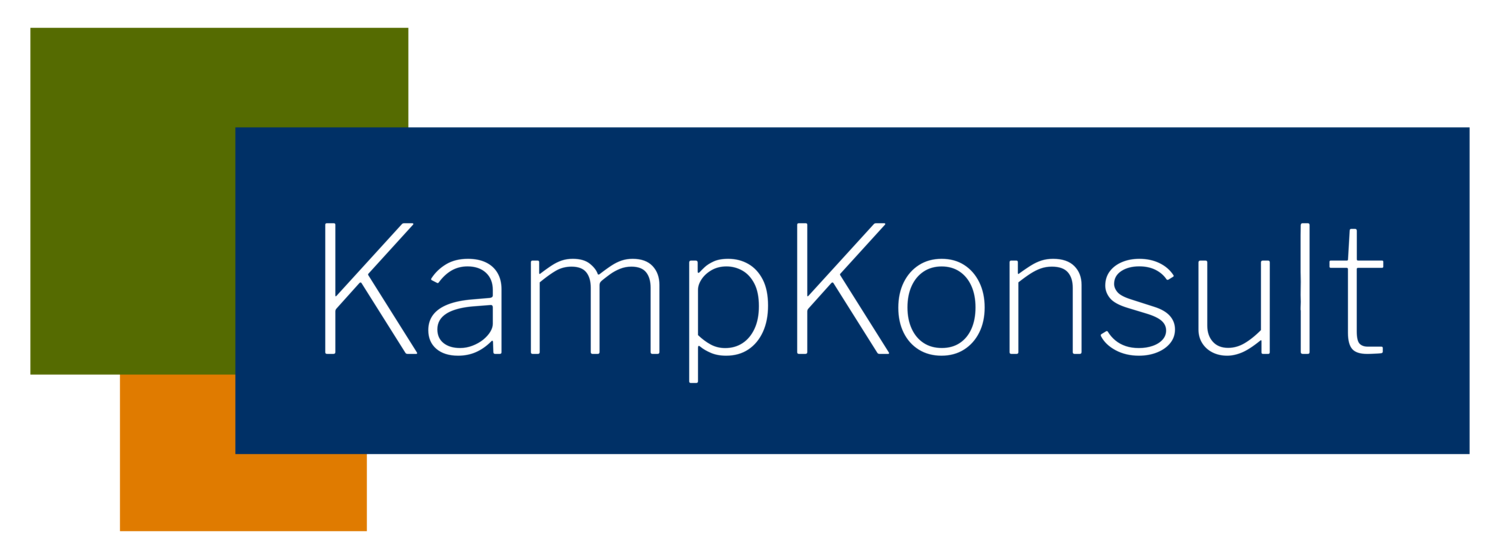How write LinkedIn invites
If you're reading this, chances are that you have an account on LinkedIn and that you use it to maintain and expand your professional network. Since LinkedIn is an online platform, you're bound to get suggestions or requests for connections from people you haven't met before. This can be scary, intimidating or it can actually be a nice surprise.
What is the issue?
What are the first things you look at when you receive an invite from a 'stranger'?
Name: Does it look like a legitimate name? (Typo's or special characters could point at a fake / automated profile)
Title: Does the job title match your own background, industry or interests?
Personal note: The actual invitation
Diving deeper into the profile, for when you're not 100% sure about the connection-request (assuming their privacy setting allow for it):
Does the job title match the company? (Example: a technical SF-consultant who works at a recruitment-company and has only ever worked in HR or recruitment-roles, is most likely not really a technical consultant.)
Which groups or contacts do you have in common? (Nothing in common, could indicate that your profile was on a purchased lead-list)
Photo: is there a real person on the photo and does the image match the (job) descriptions on the rest of the profile?
You've done your research and it seem to be a real person. They've used the 'quick invite' buttons, which means there is no personal message. Now, how do you know what they want from you and how this relationship might benefit you as well? Simple answer: you don't.
Sometimes the job title and personal note are consistent up until the point you've accepted the connection request and suddenly they try to sell you stuff or a job. Would you have accepted if they were transparent about it from the start?
What can you do about it?
It's still up to the receiving party to decide if they accept your request or not, but there is a lot you can do to increase your chances.
The first impression
When someone receives your invite, all they see is a name, job title and personal note.
Make sure to be truthful in your job title. Spammy or auto-generated names, titles and invites, could look like this: "David Worrall, Digital Performance Director at iProspect - Ask me how you can generate a tidal wave of leads" / The tried, trusted and failed concept of using the "As seen on TV"
The rest of the profile
Your profile should be up-to-date and not completely blocked off from the outside world (privacy settings). Especially when there is doubt about the profile or the intentions of the sender, people will start looking at other indicators. These can be:
Current company: does this match the job title or personal note?
Activity: posts / blogs / likes etc. Is the profile active and is the content consistent with that you're now approached about?
Contact details: ensure your contact details are up-to-date and visible, especially when you are the one looking for a job.
The personal note
Make sure your intentions are clear. Manage expectations. Start building the relationship straight away, by gaining trust. Trust is out of the window if your title says you’re a consultant, the invite says you're interested in expanding your network or getting in touch with other consultants. But then you're a recruiter or sales person, trying to sell me stuff. That starts off the relationship on bad terms already.
If you are a bit like myself: lazy and always looking for ways to simplify processes like these, then I have good news: you don't always have to send a personal note.
For instance, people you've met at a conference, meeting, meet-up or your colleagues for the last >6 months' they will most likely accept the invite before even reading the personal note.
However, you should send a personal note to anyone else: people who inspire you, people you just want to connect to for potentially anything in the future or people you're trying to sell to or work with.
Ask yourself these questions before sending your next invite:
Why would the receiver accept your invite?
What's in it for them?
Why would they spend time on you or this relationship with you?
LinkedIn offers a huge opportunity to connect with a massive professional network. Just like with any 1st impression: you can only do it once, so don't limit yourself and spend a few thoughtful moments writing your personal notes, even if it's almost copy/paste from previous invites. Now start expanding your network!
